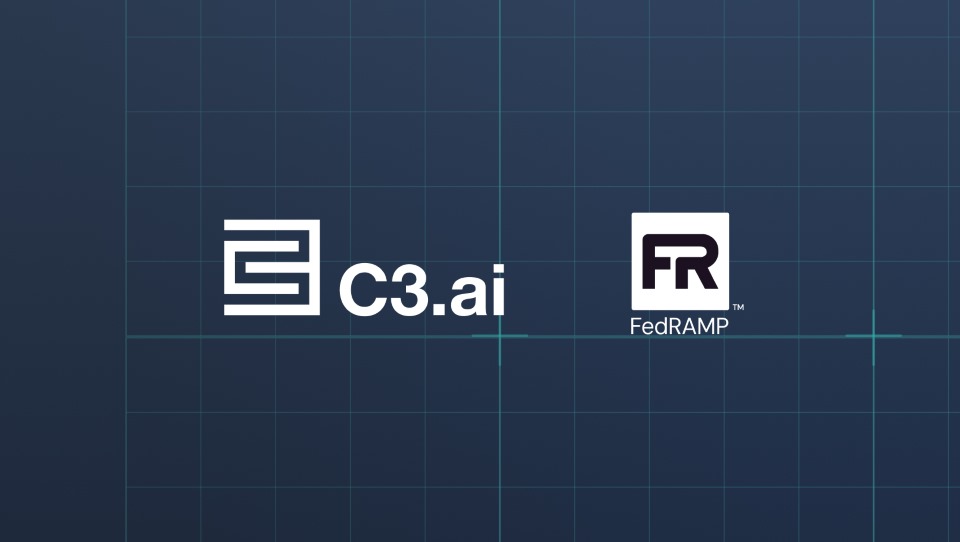The Rapid Sustainment Office’s Predictive Analytics and Decision Assistant (PANDA) is an integrated artificial intelligence and machine learning tool for predictive maintenance.
The Department of the Air Force has designated the Rapid Sustainment Office’s Predictive Analytics and Decision Assistant (PANDA) — an integrated artificial intelligence and machine learning tool for predictive maintenance — as a system of record.
As the system of record for what the Air Force calls “Condition Based Maintenance Plus (CBM+),” PANDA integrates AI and ML across a variety of aircraft maintenance data “to increase the operational reliability of our weapons systems before we project them forward when those aircraft are used in their operations,” Lt. Col Michael Lasher, an aircraft maintenance specialist in the service’s Rapid Sustainment Office, told DefenseScoop.
In its simplest terms, CBM+ is all about using data analysis to improve availability and lifecycle cost through evidence.
“Doing maintenance and sustainment of our weapons systems on aircraft is really difficult without advanced tools, technologies,” Lasher said. “And so what we’re trying to do is take advantage of all the data that we have, whether that be historical maintenance data or onboard sensor data, telemetry data — really anything that we have that’s useful for the purpose of formulating that evidence of need to perform the maintenance.”
The Air Force partnered with enterprise artificial intelligence software company C3 AI to support the development of PANDA.
“C3 AI has a longstanding partnership with the U.S. Air Force’s Rapid Sustainment Office (RSO) to develop a cutting-edge, industry-leading predictive maintenance platform to increase mission readiness and enhance security of our nation’s military. We are most pleased to have been selected as the System of Record for all USAF predictive maintenance,” company CEO Tom Siebel told DefenseScoop in a statement.
At its core, PANDA uses artificial intelligence and machine learning to “conduct the analysis of copious amounts of data,” Lasher said, and then it communicates it outward to relevant stakeholders.
The Air Force RSO, which is housed in the service’s Life Cycle Management Center, decided to move in the direction of an AI toolkit because of “the sheer amount of data that we have to work with,” said Christopher Damani, chief of RSO’s Condition Based Maintenance Plus program office.
“Whether we’re talking about data coming off of the aircraft that we often generically refer to as sensor data, or whether it’s the tens or hundreds of thousands, or maybe even millions of maintenance and supply records, transactional type data, that we have been hoarding as an Air Force in our maintenance information systems — the just sheer volume of data that added in an aggregate form can get us to a point where we can formulate accurate predictions and decision-making type information — that amount of data is too much for the human mind or even the simplest of technology or tools in semi-automated fashion to handle,” Damani told DefenseScoop.
Lasher stressed that CBM+ and PANDA are not just about delivering analytics to one group, the maintainers, but a variety of organizations and functions whose work and data influences decisions about aircraft — from field-level repair crews to engineering and supply teams.
“What’s great about PANDA is it’s a place where we can bring all those disparate datasets together and … analysts can look at them collectively to gain a greater, more detailed, insightful picture of really what’s going on with the weapon system to formulate that evidence,” he said. “In the past — you know, I’m guilty of it — maintainers would look at maintenance data, engineers would look at engineering data, and supply would look at supply data. Now, we have the ability to kind of aggregate all of those things together in one place, and whatever is relevant for the purpose of creating evidence to perform maintenance in gaining insight into the future health of the aircraft can be brought together in an integrated fashion.”
The CBM+ team has been working toward this PANDA milestone since 2019, getting better and learning along the way, Lasher said. In one case, using the AI toolset for predictive analytics of B-1 bomber maintenance led to “a complete elimination of unscheduled breaks” for aircraft repairs and a corresponding “51 percent reduction in unscheduled maintenance man hours attributed to those systems.”
As a system of record, PANDA becomes the “official tool of the Air Force for CBM+,” Damani said.
It “really just kind of rallies the enterprise around one tool. And I think what that’s going to result in is kind of an exponential growth in not only users of PANDA but also the growth of the capabilities PANDA has now,” he added.
Getting to this point wouldn’t have been possible without the broader Air Force enterprise, Lasher explained, including the “sustainment enterprise, A4 enterprise, and everybody in Air Force Materiel Command.”



